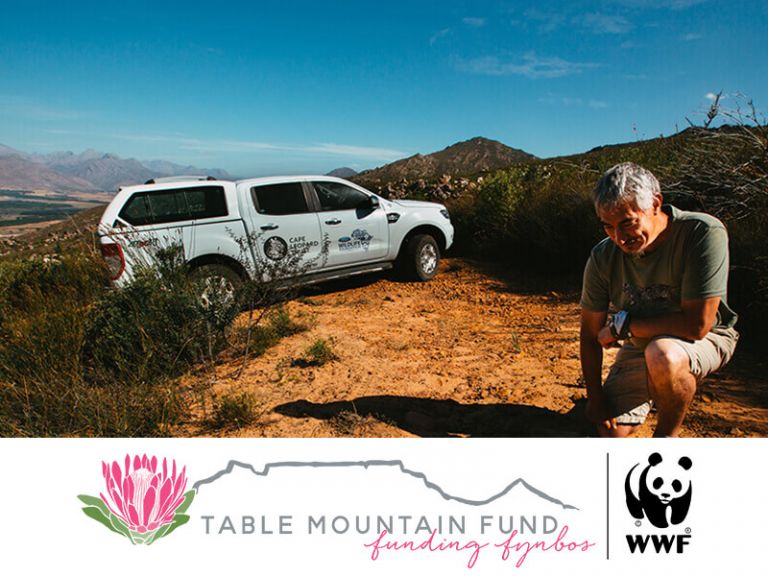Human-wildlife conflict has been identified as one of the major threats that leopards are facing in the Cederberg and greater Cederberg biodiversity corridor. But how much of a threat is it really? The Cape Leopard Trust has been meeting more than 50 farmers and communities, from Piketberg to the Cederberg to determine how much conflict there is between livestock farmers and leopards in the area. Simultaneously, we have been consulting with livestock farmers to find workable solutions to prevent livestock predation, especially by leopards. In the Cederberg, special Verification Officers were trained to help identify cases of livestock killed by leopards and to give local communities advice on how to prevent livestock losses.
The community nominated Verification Officers (or VO's as they are known) are our 'eyes on the ground' for leopard monitoring and incident reporting. Human-wildlife conflict is inevitable at the interface of farming and wildlife, but it’s particularly hard-hitting for small-scale or subsistence farmers. The unplanned death of a lamb or goat has a huge financial impact, and retaliatory killing is a real threat to the survival of leopards. The new officers will be keeping a register of all predation incidents. This information will be shared with CapeNature to keep an accurate record of leopard and predator activity in the area.
The Trust’s community outreach project has two main components. The first is to work with the community to strengthen kraals at risk and make them less vulnerable. A number of kraals have successfully reinforced in Kleinvlei, and all being well the work will be replicated in surrounding hamlets. Each kraal owner paid a small amount towards the work being done. It’s important that the farmers themselves contributed towards the materials, as this is a motivation for taking good care of the result, and it creates a sense of pride in the achievement. Through this work, we learned that despite the threat of potential livestock losses, leopards are hugely respected. This is due in part to the subsistence farmers having a connection with and reliance on nature. These areas are very isolated, and there is simply no other choice. In addition, knowledge has improved as a result of the Trust being tangibly involved at a community level, which gives the people an important sense of being part of a solution.
The Cape Leopard Trust is not only working with current farmers but is also educating the next generation of farmers in our schools, to teach them about the importance of leopards in the ecosystem, their behaviour and the threats to their survival. More importantly, what they can do to ensure that these elusive cats, the last remaining large predator in Cape Floral Region, survive into the future.
In the past year, numerous schools have been visited, individual farmers were questioned on the impact of leopards on their land, and farmers were given advice on how to prevent livestock losses to predators. A healthy predator population is one important indication of a healthy ecosystem, and livestock farming, especially when utilising natural veld like Renosterveld and Fynbos, is dependent on a healthy ecosystem to remain sustainable into the future. In this project, the Cape Leopard Trust, funded by the Table Mountain Fund, is raising awareness of these important facts. For both current and future farmers, as well as communities in general, this information will empower them to become change-makers ensuring the future survival of this last remnant population of the “Big Five” species that once roamed the Fynbos of the Western Cape.
Photo captions:
Three of the Verification Officers during training (Photo: C. Luyt)
Looking for tracks and signs of leopards in the Fynbos mountains (Photo: R. de Bruin)

















